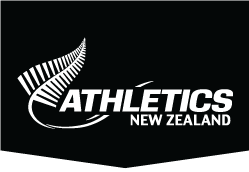Allison Roe
Allison Roe won the 1981 Boston and New York City marathons so spectacularly that she was suddenly one of the most admired sportswomen in the world. At home, she won the Halberg New Zealand Sportsperson of the Year award and is still the only female runner to attain that distinction. Her recognition overseas included the award of Year’s Best Amateur Sportswoman by the American Press Association.
Roe’s extraordinary impact on a public far beyond regular athletics fans came from five things – the superlative quality of her performances, her striking combination of power and grace in appearance, the growth of the exciting new sport of mass road running, the upsurge especially in women’s running and the arrival of live television coverage. Roe’s 1981 New York Marathon was the first big city race to be televised from start to finish, with the broadcast distributed worldwide. She literally became a world star in two hours and 25 minutes. In New Zealand, ...
